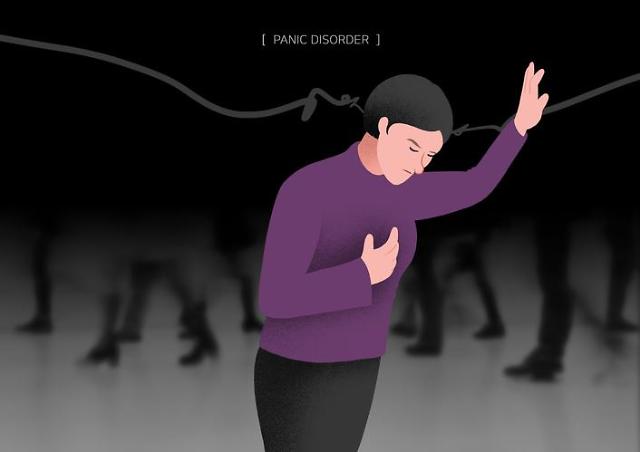
[Gettyimages Bank]
People with the disorder often suffer from extreme anxiety and fear. Panic attacks accompanied by heart palpitations, cold sweats, body tremors, and chest pain can take place.
Data released by the National Health Insurance Service on April 13 showed that the average annual growth rate for patients with the disorder was 9.6 percent from 2017 to 2021. The number of male patients, which stood at 64,662 in 2017, soared to 89,273 in 2021. The number of women with the disorder was 111,267 in 2021, up 50.2 percent from 2017.
Patients in their 40s accounted for the largest portion with 23.4 percent, followed by those in their 50s. As of 2021, the total medical expenses for the disorder reached 91 billion won ($70 million).
According to psychiatrist Park Jae-seop, panic disorder often becomes chronic when patients are not properly treated in the early stages or if they are exposed to many different stresses due to their socioeconomic status.
In January 2023, South Korea's health ministry admitted the efficacy of providing virtual reality (VR)-based medical care for patients suffering from panic disorder. Gacheon University Gil Medical Center located in Incheon, a western satellite city of Seoul, opened a VR treatment center in 2018 to look after patients with mental disorders including panic disorder and PTSD (posttraumatic stress disorder).
Copyright ⓒ Aju Press All rights reserved.



